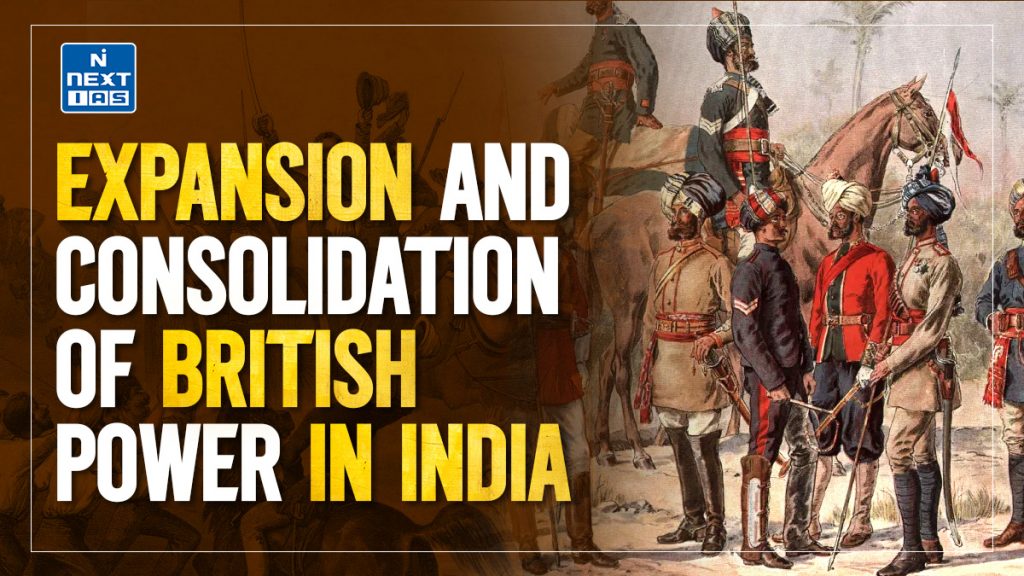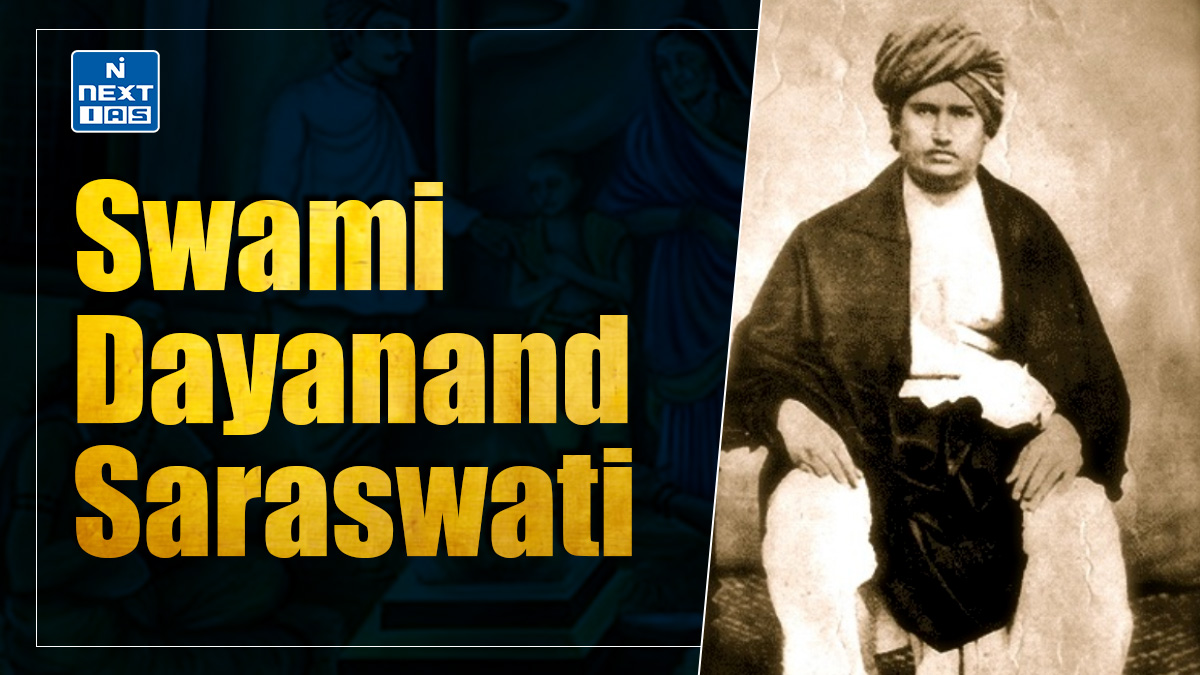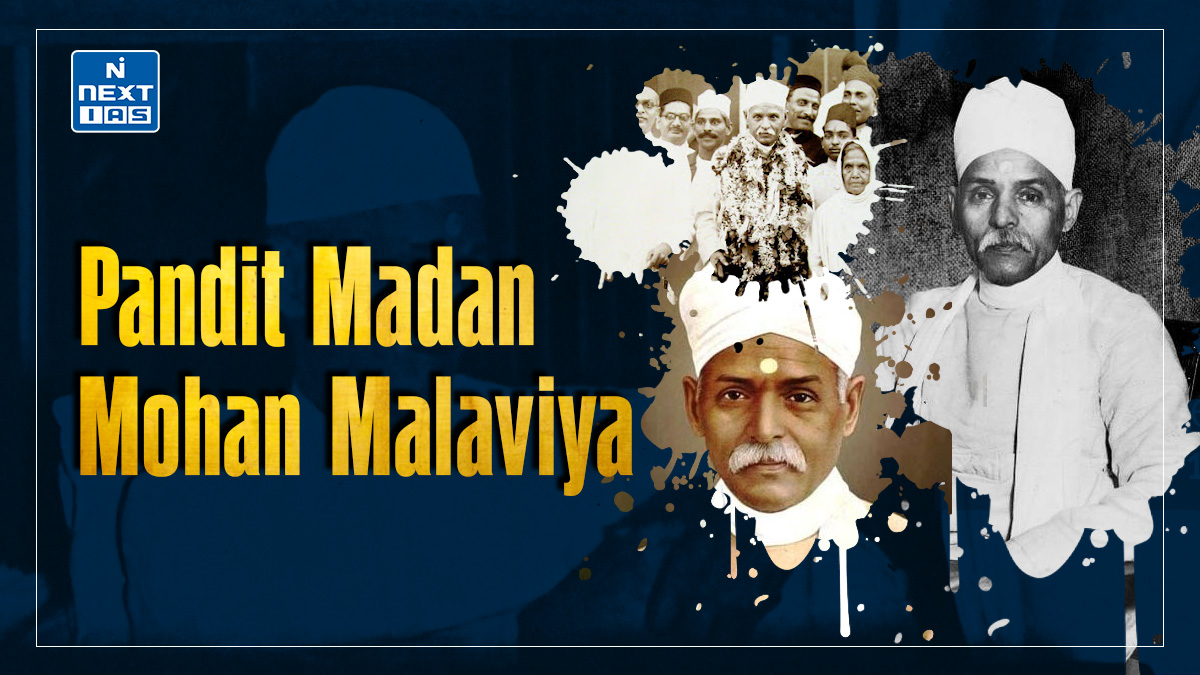
Expansion and Consolidation of British Power in India was a gradual process through which the British extended their control over Indian territories, transitioning from traders to rulers by using diplomacy, military force, and alliances. This expansion fundamentally altered India’s political, economic, and social landscapes, setting the stage for modern India’s colonial and post-colonial trajectory. This article aims to study in detail the key obstacles encountered by the British, their implications for colonial expansion, and the broader impact on Indian society and governance.
Obstacles to British Rise in India
- The rise of the British Empire in India during the 18th and 19th centuries took a lot of work.
- Despite their eventual dominance, the British faced significant obstacles that challenged their control and expansion.
- These obstacles were rooted in India’s political, social, economic, and cultural landscapes and in the geopolitical dynamics of the time.
- Understanding these challenges provides a view of the complexities surrounding British colonisation.
Political Fragmentation
- One of the primary obstacles to the British rise in India was the political fragmentation of the subcontinent.
- India was not a monolithic entity but comprised numerous kingdoms and principalities, each with its rulers, armies, and administrative systems.
- The Mughal Empire, once a dominant force, was in decline by the early 18th century, leading to power vacuums and the emergence of regional powers like the Marathas, Sikhs, and various Nawabs.
- This fragmentation made it challenging for the British to establish centralised control and often led to conflicts with local rulers who resisted foreign domination.
Strong Resistance from Local Rulers
- The British encountered fierce resistance from various Indian rulers who sought to protect their sovereignty.
- Notable examples include the Maratha Confederacy, which significantly threatened British expansion in the late 18th century.
- The Marathas engaged in several conflicts, notably the Anglo-Maratha Wars, which tested British military strategies and resources.
- Additionally, the 1857 Sepoy Mutiny, also known as the First War of Independence, showcased widespread discontent among Indian soldiers and civilians. It united various factions against British rule and significantly hindered their consolidation of power.
Cultural and Social Differences
- The cultural and social diversity of India presented another obstacle for the British.
- India was home to a myriad of religions, languages, and customs, making it difficult for the British to impose a uniform system of governance.
- The British often misunderstood and underestimated the complexities of Indian society, which led to policies that were met with resistance and resentment.
- The failure to appreciate local customs and traditions alienated many Indians, complicating the British efforts to gain acceptance and support from the populace.
Economic Challenges
- Economically, the British faced challenges in managing the vast Indian market.
- While they sought to exploit India’s resources and establish a profitable trade network, they also encountered resistance from local artisans and merchants.
- Imposing heavy taxes and tariffs on Indian goods and the decline of traditional industries due to British policies led to economic discontent.
- This discontent fueled opposition to British rule and undermined their efforts to maintain economic dominance.
Geopolitical Factors
- Geopolitical dynamics also played a crucial role in hindering British ambitions in India.
- The rivalry between European powers, particularly the French and the British, complicated British expansion efforts.
- The Anglo-French rivalry in India, exemplified by conflicts such as the Carnatic Wars, showcased how European colonial interests could align with local Indian powers, creating additional layers of resistance against British control.
- Furthermore, the involvement of other European powers in Indian affairs occasionally led to strategic alliances that challenged British hegemony.
Economic Policies of British in India
- The economic policies of the British in India focused on exploiting resources for British profit, leading to the drain of wealth from India.
- They imposed high taxes, dismantled local industries, and restructured land ownership to maximise revenue, impoverishing Indian peasants.
- Infrastructure like railways was developed mainly for resource extraction, resulting in economic stagnation and widespread poverty that fueled anti-colonial sentiment.
Implications for Colonial Expansion in India
- The obstacles faced by the British in India had significant implications for their colonial expansion.
- Firstly, India’s political fragmentation meant that the British could not easily establish centralised authority, leading to a reliance on alliances and treaties with local rulers.
- This often resulted in a patchwork of control that could be unstable and prone to rebellion.
- The fierce resistance from local powers, exemplified by the Maratha Confederacy and the 1857 Sepoy Mutiny, forced the British to invest heavily in military resources and strategies, diverting attention from other colonial pursuits.
- Moreover, the cultural and social complexities of Indian society hindered the British from implementing effective governance.
- Their misunderstanding of local customs and social structures created friction and resentment, ultimately complicating efforts to legitimise their rule.
- This resistance necessitated a heavier military presence and repressive measures, further straining resources and complicating colonial governance.
Impact of British Rule on India
- The impact of British colonial challenges on Indian society and governance was profound.
- The resistance movements united various Indian factions, fostering a sense of nationalism that would grow stronger in the following decades.
- The British response to dissent—such as increased military action and legislation—often alienated Indian populations, sowing the seeds of long-term resistance to colonial rule.
- Economically, British policies favouring their interests at the expense of local industries led to widespread discontent and economic hardship for many Indians.
- The decline of traditional crafts and the imposition of heavy taxes contributed to a sense of exploitation that galvanised opposition movements.
- Culturally, the British inability to effectively navigate India’s diversity led to the emergence of reform movements within Indian society.
- These movements aimed to address social injustices and revive local cultures, laying the groundwork for future political movements advocating for independence.
Conclusion
The obstacles to British rise in India were multifaceted, encompassing political fragmentation, resistance from local rulers, cultural differences, economic challenges, and geopolitical dynamics. These factors collectively complicated the British efforts to establish and consolidate their rule over the subcontinent. While the British eventually overcame many of these obstacles, the complexities of Indian society and politics remained significant hurdles throughout their colonial venture.
GS - 1





